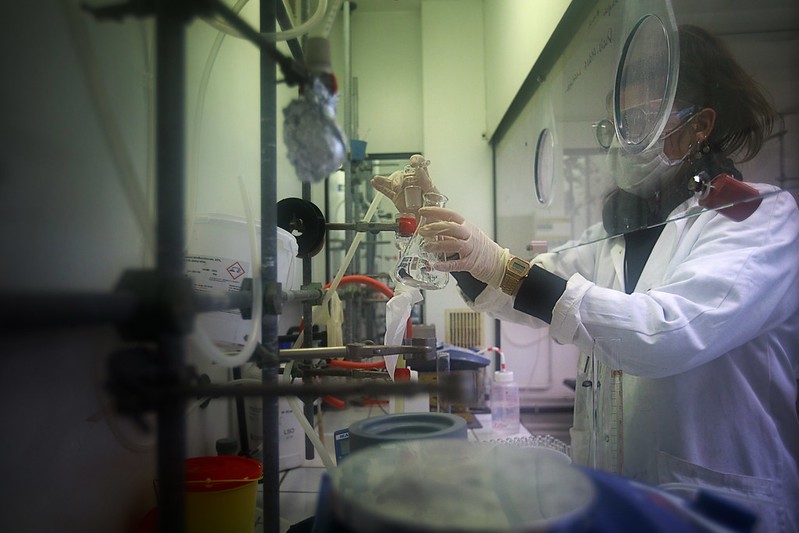- Home
- Department of Chemistry
- Research Areas
- Organic Chemistry and Biological Interfaces
- Heteroelement Chemistry
Heteroelement chemistry
The introduction of heteroatoms such as nitrogen, phosphorus, sulfur or silicon into organic molecules is essential to create high-performance molecules with applications ranging from pharmaceutical molecules to organic materials for electronics. The heteroatom can either be the key element or modify the properties of the molecular network to which it belongs. The Chemistry Department's reputation in this field covers a wide range of skills: the development of new reactivities for these heteroatoms, the development of new reagents rich in heteroatoms, the design of structures for applications in solution or in the solid state, and the evaluation of their properties in various contexts such as catalysis, optics, thin films for electronics, or functionalized porous solids.
1. Development of heteroatom-rich ligands for organometallic catalysis
2. Synthesis and exploitation of phosphorus-containing heterocycles: phospholes, phosphametallocenes, phosphabenzenes and phosphaporphyrinoids.
3. Complexes of abundant metals (Fe, Ni, Co) with iminophosphorane ligands for optics.
4. Creation of non-classical phosphines; their use in coordination chemistry and catalysis
5. P, N, S ligand complexes for functional materials in photovoltaic devices
6. Iron complexes with phosphorus ligands for biomimetic activation of O2

Faculty contacts
| Audrey Auffrant (subjects 1,3, 6 et 7) | Duncan Carmichael (subjects 2 et 4) |
 Support l'X
Support l'X